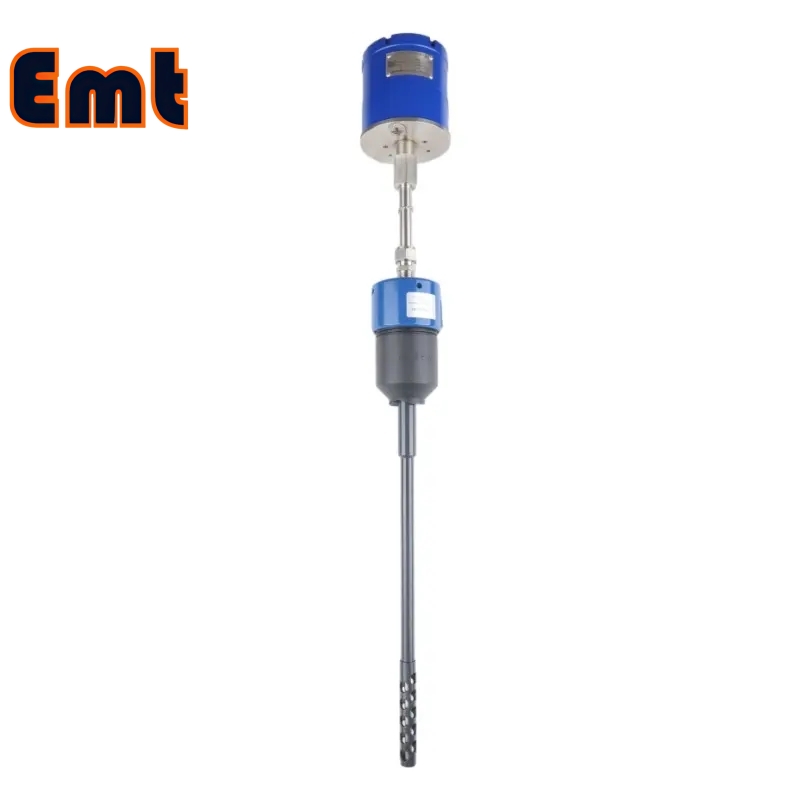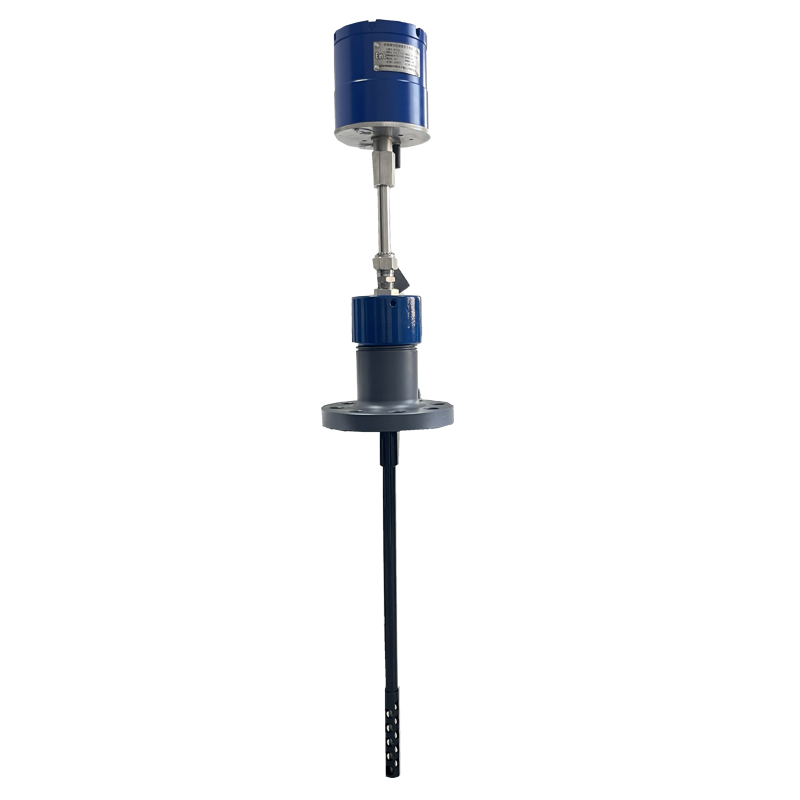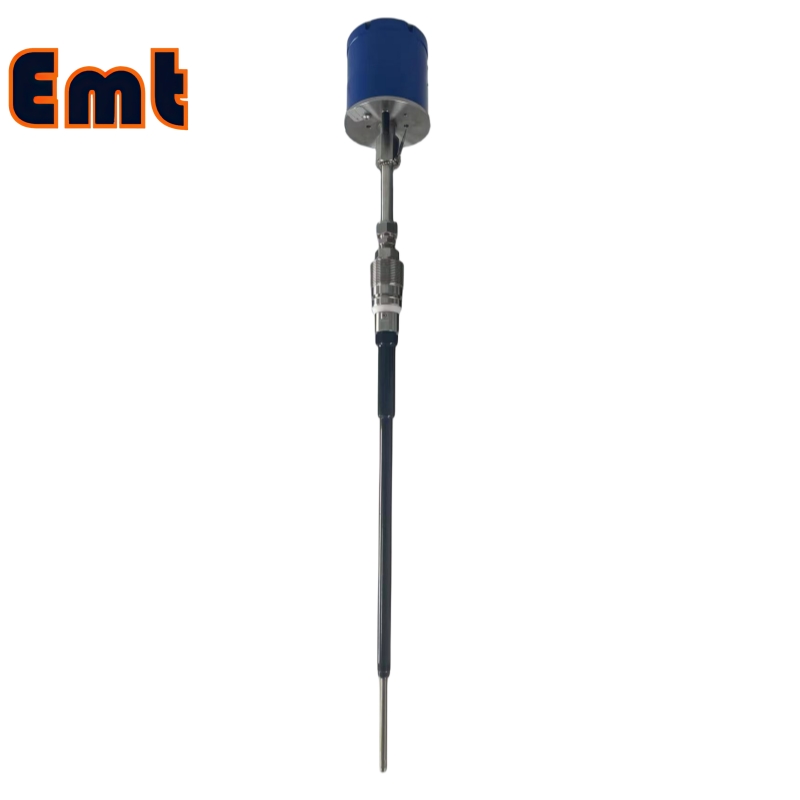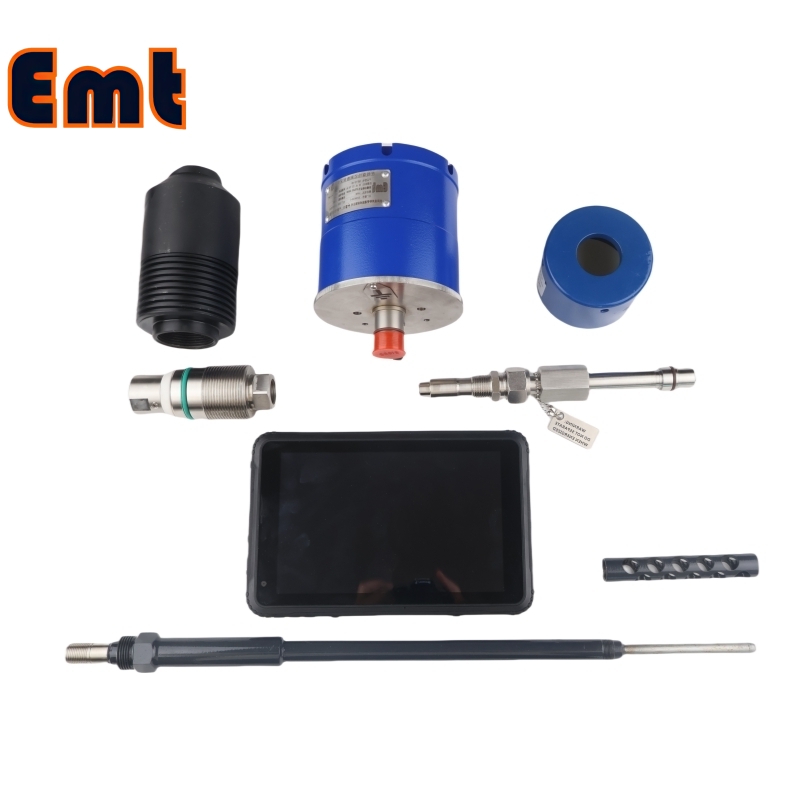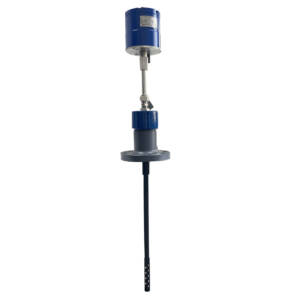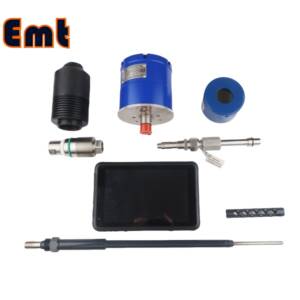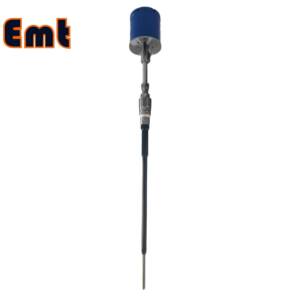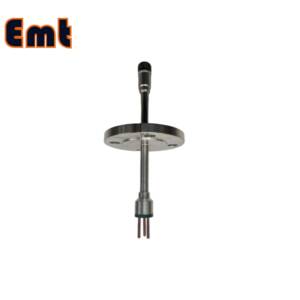Description
Erosion Probe
In the dynamic landscape of petrochemical processing, the ongoing challenge of managing erosive elements requires a solution that not only adapts to these conditions but also excels in performance. We are proud to introduce our advanced Erosion Probe, a device specifically designed to meet these rigorous demands.
Key Features of The Erosion Probe
PDS: Pitting Corrosion Monitoring System
This patented technology provides comprehensive monitoring of pitting corrosion, enabling early detection and effective management of corrosion-related issues.
i-ER: AI-Based ER Resistance Corrosion Monitoring System
Utilizing cutting-edge artificial intelligence, the i-ER system offers real-time analysis of electrochemical resistance, enhancing the accuracy and reliability of corrosion assessments.
MFS: Multifunctional Corrosion Monitoring System
Combining the capabilities of both PDS and i-ER, the MFS system delivers a holistic approach to corrosion monitoring, ensuring comprehensive protection against erosive forces.
With our Erosion Probe, you can confidently address the challenges of corrosion in petrochemical processing, ensuring the integrity and longevity of your infrastructure.
Metal Material: 316、L DUPLEX SS
Sealing Material: Teflon/ Fluororubber
Working Temperature: -20~200℃
Working Pressure: 0~26MPa
Access Fitting Body and Protective Cover :
Size of Flange : ANSI 2″ RF (or RJ)
Material : CS 、316L、 DUPLEX SS
Working Pressure: 0~26MPa
Working Temperature: -20~200℃
Name |
Corrosion Probe and Coupon |
|
| Material | Stainless Steel 316、L DUPLEX SS | |
| Operating Temperature | -20~200℃ | |
| Features | Firstly, easy to operate | |
| Secondly, high Accuracy Long Life | ||
| At last, high-Efficiency Low cost | ||
| Payment | TT/LC | |
| Advantages | Firstly, they are lightweight and flexible. | |
| And then nice Injection efficiency. | ||
| At last, accurate location tracking. |
The Role of Erosion Probe
1. Corrosion Monitoring
The Erosion Probe continuously monitors the condition of pipelines and equipment, detecting early signs of corrosion. This proactive approach allows operators to identify and address potential issues before they escalate into serious problems, thus safeguarding infrastructure and reducing downtime.
2. Erosion Detection
Erosion, caused by the flow of abrasive materials, can significantly compromise the integrity of pipelines and vessels. The Erosion Probe is designed to detect and quantify erosion rates, providing valuable data that helps in assessing the overall health of the equipment.
3. Data Integration and Analysis
Equipped with advanced technologies like the Pitting Corrosion Monitoring System (PDS) and the AI-Based ER Resistance Corrosion Monitoring System (i-ER), the Erosion Probe integrates data for comprehensive analysis. This integration enables operators to make informed decisions based on real-time information, enhancing operational efficiency.
4. Predictive Maintenance
By providing insights into the state of corrosion and erosion, the Erosion Probe facilitates predictive maintenance strategies. Operators can schedule maintenance activities based on actual wear rather than arbitrary timelines, optimizing resource allocation and minimizing costs.
5. Safety Enhancement
Corrosion and erosion can lead to catastrophic failures if left unchecked. The Erosion Probe plays a crucial role in enhancing safety by enabling timely interventions. By continuously monitoring equipment conditions, the device allows operators to detect potential issues early. Consequently, this proactive approach significantly reduces the risk of accidents, thereby protecting both personnel and the environment from harm.
6. Cost Efficiency
Furthermore, the Erosion Probe contributes to significant cost efficiency in petrochemical operations. By identifying issues early and facilitating predictive maintenance, it minimizes unexpected repairs and downtime. As a result, the frequency of maintenance activities can be reduced, leading to lower operational costs. Moreover, extending the lifespan of equipment translates to enhanced financial performance, allowing companies to allocate resources more effectively and invest in further innovations.
Conclusion
In summary, the Erosion Probe stands as an essential tool in the petrochemical industry, offering comprehensive monitoring capabilities for both corrosion and erosion. This sophisticated device is not only pivotal in detecting early signs of wear but also plays a critical role in enhancing the overall safety of operations. By enabling timely interventions, the Erosion Probe significantly reduces the risk of catastrophic failures, thereby protecting personnel, the environment, and valuable assets.
Moreover, the Erosion Probe optimizes maintenance strategies through its predictive capabilities. By providing real-time data and insights, it allows operators to transition from reactive to proactive maintenance approaches. This shift not only minimizes unexpected downtimes and repair costs but also extends the lifespan of equipment, leading to greater operational efficiency.
Additionally, the Erosion Probe aids companies in meeting stringent regulatory compliance standards. By ensuring consistent monitoring and reporting of equipment integrity, it helps organizations avoid penalties and fosters a culture of safety and accountability. This compliance not only protects the organization from legal repercussions but also enhances its reputation within the industry.
Ultimately, the Erosion Probe is indispensable for maintaining the integrity and efficiency of processing systems in the petrochemical sector. Its multifaceted benefits contribute not only to enhanced safety and compliance but also to significant cost savings and improved operational performance. As the industry continues to evolve, tools like the Erosion Probe will remain vital in addressing the challenges of corrosion and erosion, ensuring that organizations can operate safely and sustainably while maximizing their resources.


